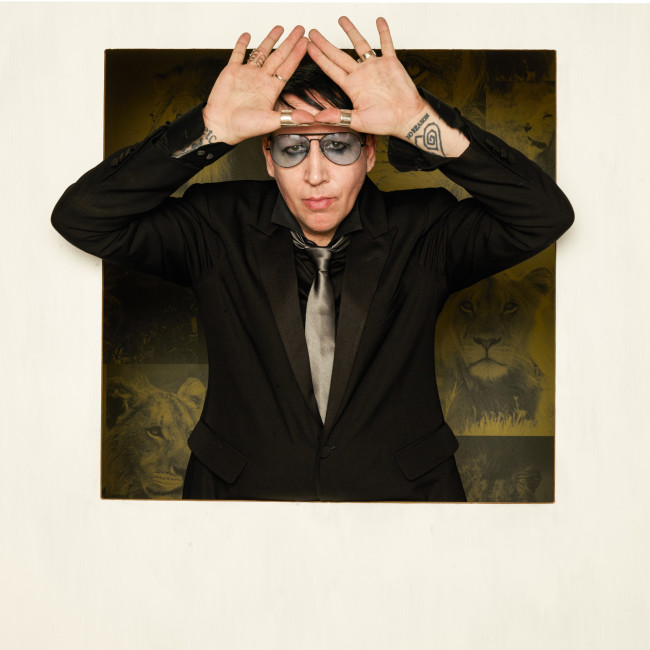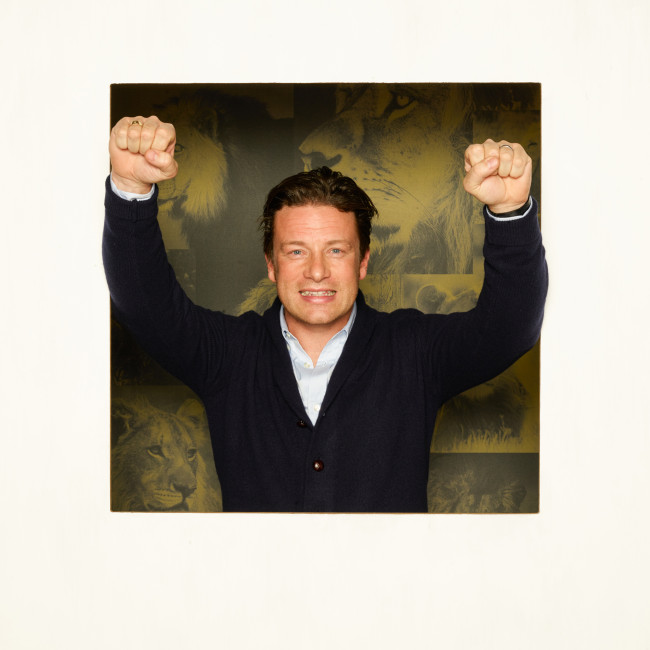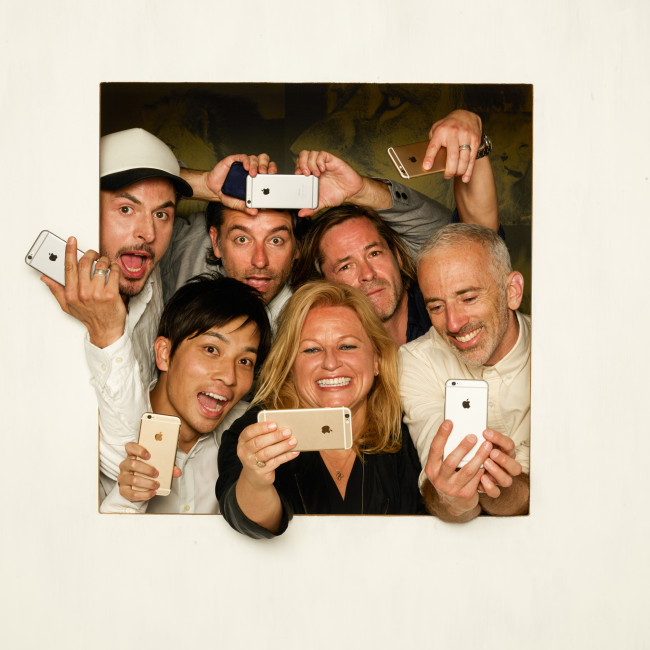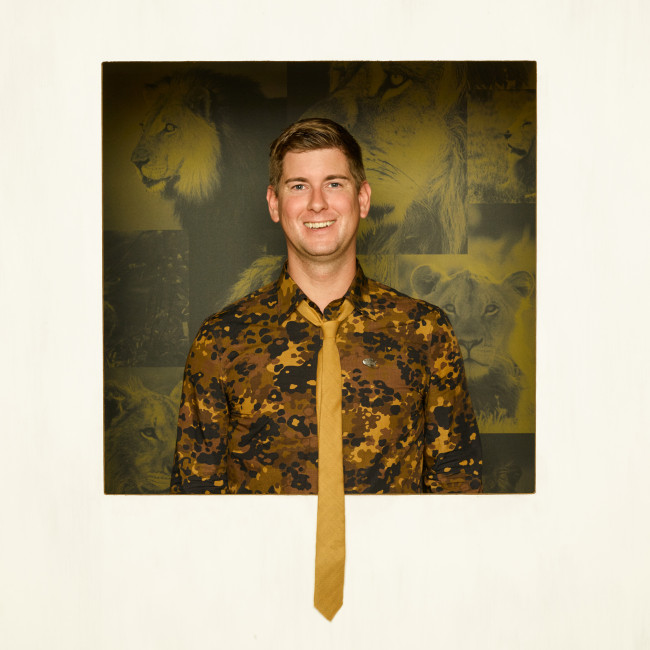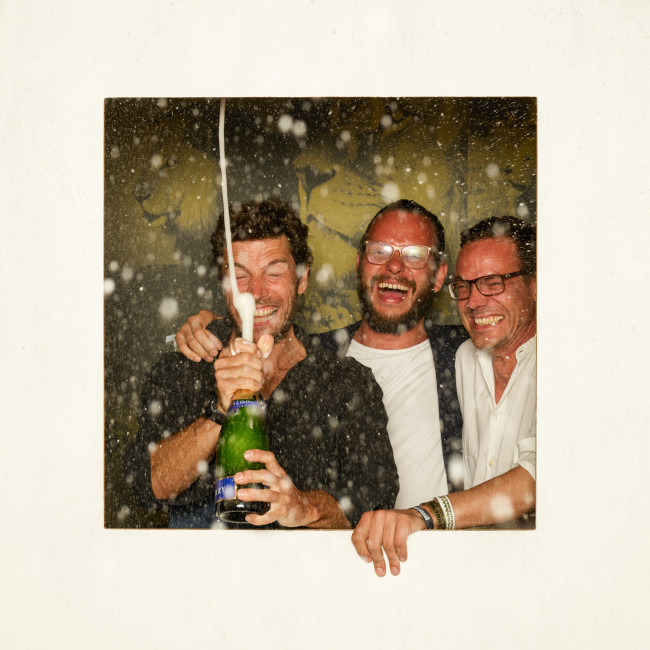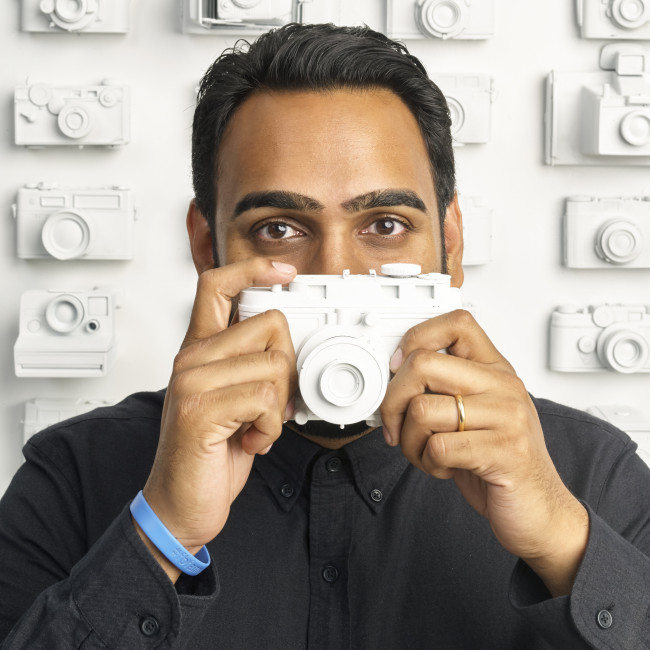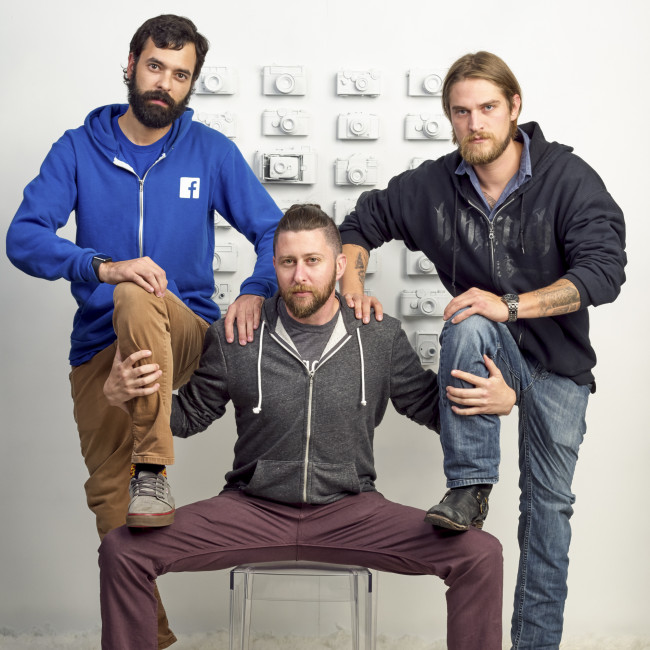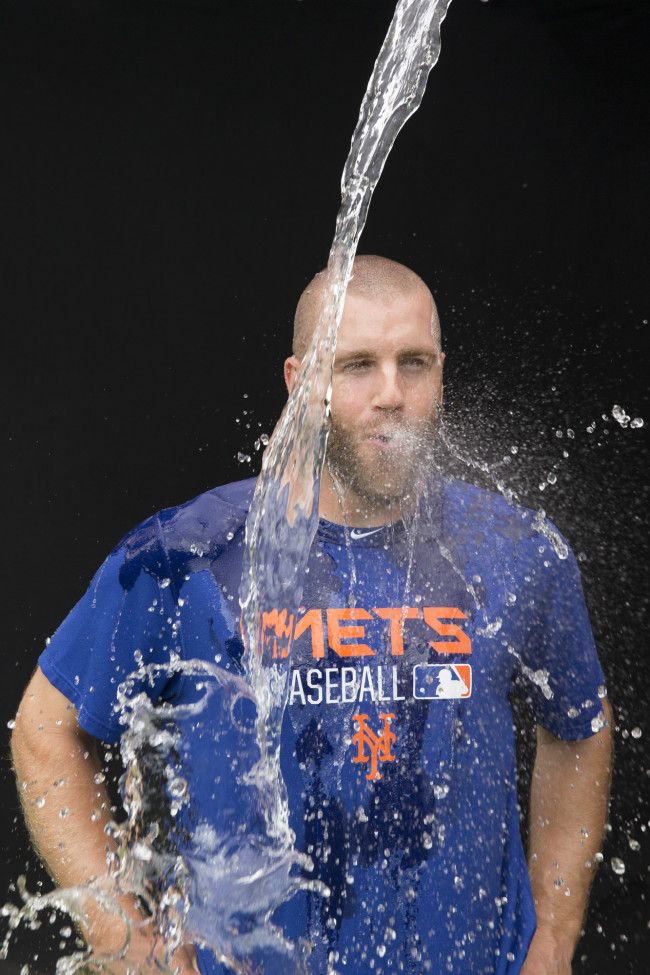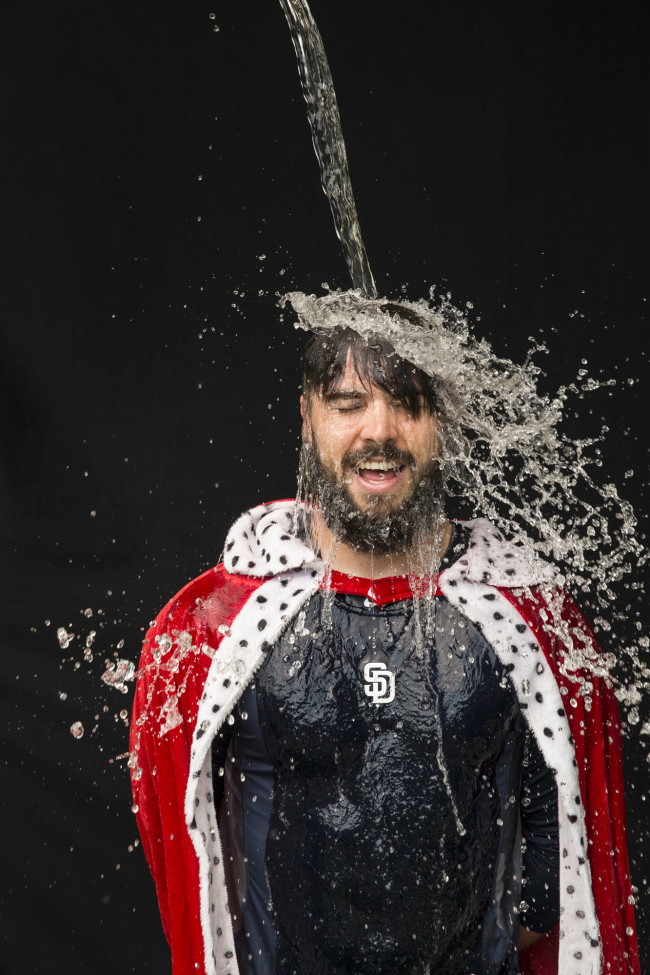Instagram is a “thing” now apparently, and I like to examine the weird ways that it has shaped the careers of professional photographers and the people who hire them. So when a photographer from the 90’s heyday called me and related that he was working for Instagram’s in-house agency, I had to listen.
In the 90’s and early aughts, George Lange was a credit that you would come across with an almost alarming regularity. With a regular staple of magazines (EW, Fortune, Teen People, all the Condé titles) who hired him to shoot covers and big portfolios, George had a foot in editorial, a foot in Hollywood and yet another foot in advertising. While he was constantly on the prowl for the latest gear and welcomed new technology, nothing quite prepared him for the sweeping changes in the industry and how they would alter his career.
So he made a few life altering choices. He ditched New York and LA for Boulder Colorado, got married, embraced digital photography with gusto (he never liked film!) and worked on collaborations that might have seemed borderline insane (He’s Glenn Beck’s favorite photographer!). An incurable optimist, George’s mantra “the Work leads to the Work” carried him through some moments and eventually lead him into the offices of Instagram, where they basically made up a job for him… but not necessarily as a photographer.
As he is quick to note, his views of and passion for the Instagram platform are his own thoughts and not necessarily those of the billion dollar Facebook acquisition which is why they are all the more interesting.
T. Brittain Stone: What your official title?
George Lange: My official title is Artist in Residence with Creative Shop at Instagram. It’s a position that they created for me. We’re trying to figure it out, and it seems to be continually evolving.
TBS: What does Creative shop do and who are their clients? And how do they pursue those clients?
GL: Creative Shop is the top creative group involved in paid campaigns at Facebook and Instagram. So when a brand buys a paid campaign as opposed to (doing their own) organic campaign, they get access to Creative Shop to figure out how best to tell stories on these platforms.
TBS: Are you pitching these clients?
GL: They already have great sales people. I’m in a place where I can think about how the creative will best communicate the story of a brand. That’s my niche. My piece of it is talking about the mushy emotional stuff.
TBS: What’s the origin story of this relationship. Was it a series of happy coincidences?
GL: I did a book almost 2 years ago called T he Unforgettable Photograph. It’s written for everyday photographers, not for brands. Instagram likes it… and they buy 500 copies. They gave it out at Cannes, Lyon last year. They called, and said, “the reason we’re giving (the book) out is because, what you talk about in this book, we’re trying to communicate with brands. What makes you special? What makes you unique? How do you tell the stories that you may not think communicate who you are? On our platform, those are the exact stories that you need to tell.”
They set up a meeting in New York. His assistant didn’t realize I didn’t live in New York. But the opportunity to meet Mark (head of Creative Shop) who I’d heard a lot about was enough to plan a trip there.
The first question he asked me is what are you in New York for? Generally, when you’re a freelance photographer, and you’re out of town you say, “Oh I’m in town for this meeting and that meeting. I didn’t say any of that. I said, “I flew in to see you. I wanted to meet you. Meeting you is important to me. … And we go into this meeting, and he just fries my sockets.
He says, “I’m not into talking about ideas, I’m into making stuff.” He’s really into dreaming big, and he fires up his team to do that. And he lives that life. The message: “How amazing can we be every day? “
I have this meeting with him and he said we’re definitely going to work together, and I go down to the street on Broadway, and I just look up at the sky, and I think my career has been based on three things: talent, confidence, and how big you can dream. I’ve had a great career, but I realized at that moment I hadn’t dreamt big enough.
TBS: So they’re interested in you as almost a “philosopher/ambassador”
GL: My wife calls it the “inspirator” and I love that. That’s not what they call me, but that’s what the position is. What I’m trying to do is the discovery work with brands. Rather than saying, “This is what GE did, and this is what Hermès did with their great (Instagram) feeds, I would rather go into the meeting after doing my research and say “these are stories that are happening at your company everyday that I think are really powerful.’ We’re not showing scraps of other campaigns, we’re showing them their DNA and what makes them different, special. I believe that everyone wakes up craving connection… And if you appreciate that these are human beings trying to be amazing every day, then a whole other thing happens.
TBS: You believe now for brands now that this space (Instagram) is totally necessary. They need to be able to do this and do it well.
GL: Instagram is largest photography platform in the history of Man. Period. There are millions of people sharing photographs on Instagram and growing. So forget about trying to game the system (to get followers). How do you find meaning and communicate in that place?
Firstly, it’s one picture at a time. Secondly, it’s a very intimate medium and you should feel like you are talking to your best friend. They are not screaming, they are not trying to talk to a stadium full of people. It’s oneonone. And it’s a way of communicating that’s really powerful if you understand it, and if you use it like that.
TBS: And now you have to “think square”.
GL: It’s awesome. I love shooting squares now.
TBS: What are some of the visual cues that make pictures successful?
GL: I don’t talk about visual things that much. I talk about sensory things a lot. I believe that you should use all your senses when you’re taking a picture. I want to see how you are living your life differently, and I’m inspired by that, and that’s what I think Instagram’s about.
TBS: You’ve had a storied career, but you mentioned that things were getting scarce. You saw the landscape was changing. At what point did you say “ I need to shift gears”?
GL: No one comes to your door and says, “Hey, by the way the gig’s up, everythings about to change.” Those of us who had been successful working in a certain way were like ”But but but, this has been really good. I’m going to retire in ten years, can you just like hold on for ten years? That’d be awesome! This was supposed to last,” and it’d be great. But that’s not the way the world works. You don’t have any choice but to embrace change… and you stick to your guns, and you believe in who you are, and when things turn the corner and opportunities arise, it’s just exciting.
I’m not nostalgic about anything Certainly not film, and certainly not media. I was born a digital photographer. I had to do all these years shooting film, and I hated film. Everything about it. I hated the way I couldn’t get it to exactly look like what I wanted it to look like. I hated trying to light the whites on a white cyc for an ad shoot. I hated going through airport security. Film was a big pain in my ass. And then digital came out, and I was like, finally! I like things evolving. Life would be so boring if we were doing the same thing all the time.
TBS: Tell me a little about a campaign you’ve worked on with Creative Shop.
GL: I worked with Jon Iwata on the annual reports for IBM in the 90s. Jon is a legend at IBM and in the design world… and I loved working with him then.
I hadn’t spoken to Jon in about 15 years, and he now has about 4000 people reporting to him. He’s the VP in charge of advertising, social, corporate messaging, branding, the whole thing. I called him, and mentioned that I have this gig with Instagram, and he said “come see me right away.” He gave me an hour at the first meeting and then we had lunch for 2 hours up in Armonk at their corporate headquarters. As a photographer you don’t get meetings like that. But Jon always loved my work and loved the way that I appreciated what IBM did. He was a fan, and it was mutual, and he said, “let’s start working again.”
I ran the very first creative meeting with Creative Shop and IBM; it was this interesting role where I was on both sides. Generally, you’re hired by an agency, and they say here’s the creative and you hand in your work, you wash your hands and walk away. I was involved at the earliest stages of coming up with ideas fort the IBM paid campaign on Instagram. I shot it, and then was at the meetings where the work was presented.
I had this idea to do discovery at the IBM research facilities. Honestly, if you look at the places in the world that are doing the most for mankind, IBM is way up there. They’re making our lives last longer, they’re making our brains work so much more efficiently and better. They’re just super smart people that are given this privilege to work and think really big for long periods of time working on big problems. It was amazing to meet them and to start exploring how to tell their stories visually and on Instagram in particular.
It’s a completely different sensibility, and it’s something that’s relatively untapped. Most brands have not really gotten into sharing what I would say is the “good stuff.”
IBM has 400,000 of those people. If you just tap into the story that’s there and really appreciate it, it’s better than anything you can make up and more powerful.
TBS: It’s almost like you assigned yourself to shoot the campaign.
Derek Scott and Spencer Mandell at Creative Shop took the discovery work I had done and came up with a campaign that involved projections. They hired an illustrator who does really graphic work, and they had him build the illustrations in layers so when we projected on the subjects we were actually playing with the layers and moving them around so we could control everything. When people saw it, they thought it was done in post, but it was all done in camera. It’s a totally different vibe, with really minimal retouching. I think we were able to highlight some of these researchers in a more soulful way than they have been seen before.
TBS: When you speak to photographers, how do you suggest they integrate Instagram into their careers?
GL: I’m just a couple of months into this; so I’m figuring it out too, but the opportunity that I see is that all brands need to be communicating on Instagram. It’s a powerful opportunity for great photography and really smart people to tell really good stories that have gotten lost before this platform existed. Where it’s going is that really good photography and really smart people telling really good stories are going to be required.
Many brands right now think that creating content on Instagram is the way that kids in high school are creating content, which is just going out with a phone and snapping.. hiring the interns because they grew up in “social”. At Creative Shop, they’re really encouraging their clients to spend the money on great photography, high production values, and well considered campaigns – which is great news for both image makers and story tellers.
www.langestudio.com IG feed: @george.lange
Images from a set I built at Cannes Lions 2015 for Instagram Marketing
This white set (inspired by the great Martin Margiela stores) was for Instagram at AdWeek in NewYork 2015
Ice bucket Challenge redux
Projection images from the paid IBM campaign on Instagram.
